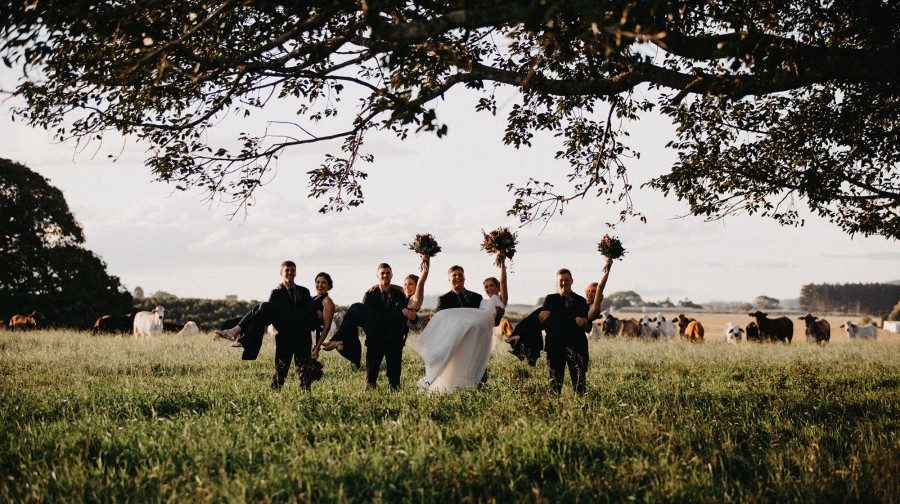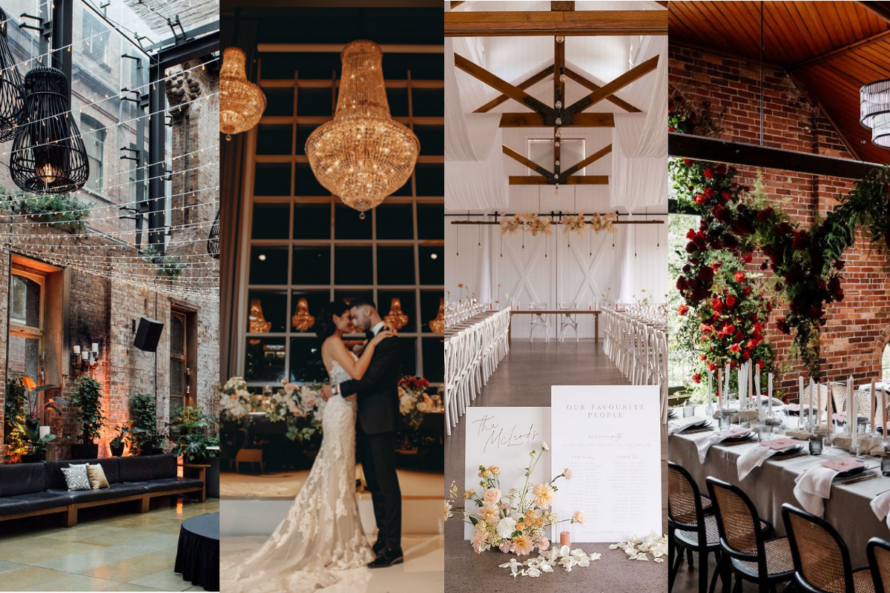Weddings are a day steeped in traditions and there are many different historic elements that you can incorporate into your day. But often we don’t know where they come from!
It doesn’t matter if you’re incorporating one, five, or even no traditions into your wedding day. What matters is that you have the perfect day for you.
And after reading this there might be a few you either want to include or avoid!
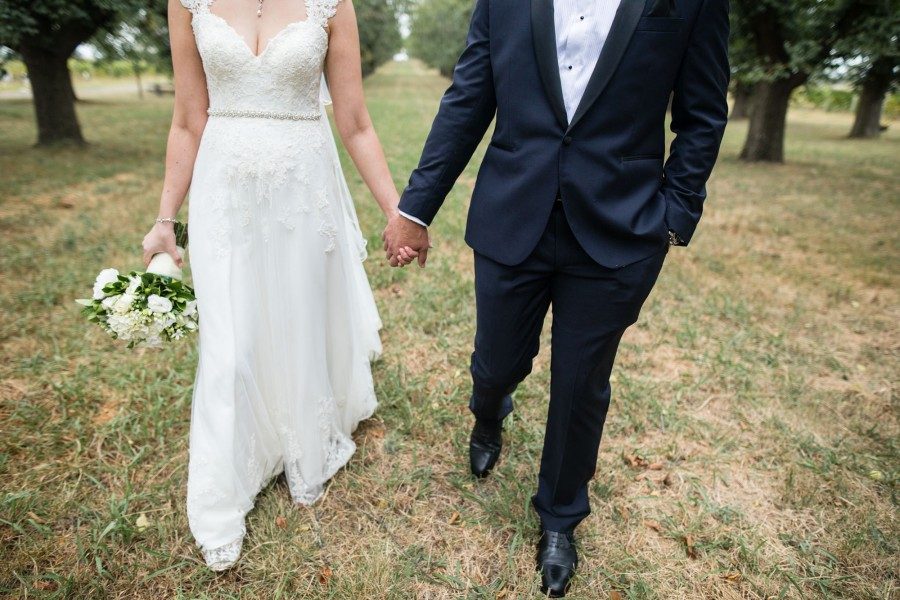
Wearing ‘something old’
Most of us would have heard the traditional poem ‘something old, something new, something borrowed, something blue.’ For brides, this is what they should include in their wedding day. But when it comes to wearing something old the tradition actually dates back even further.
Traditionally, brides who wear old shoes are considered luckier!
Though we can’t say their groom will be when they get to take their shoes off at the end of the night…
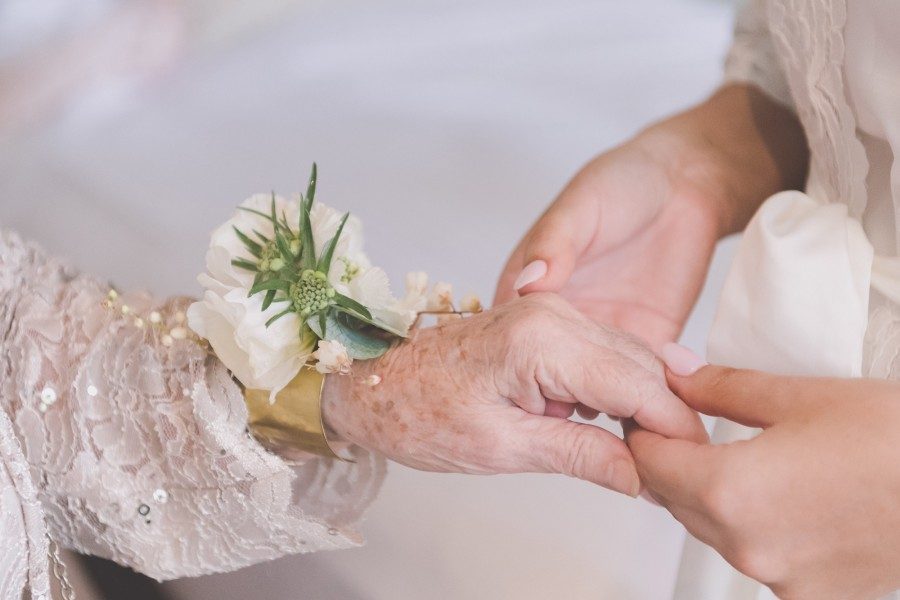
Rain on your wedding day
Telling someone that rain on their wedding day is lucky sounds like one of those traditions someone’s Mum made up on the spot to make their daughter feel better about it bucketing down on their wedding day. But it is actually an old belief!
According to Hindu tradition, rain on your wedding day is considered lucky. We often hear about people tying the knot when it comes to weddings, and this tradition harks back to that. In Hindu tradition, the couple is literally tied together in a knot to showcase the unity between their two families.
They believe that rain on your wedding day is lucky because a wet knot is harder to untie! This symbolises a strong marriage to come.
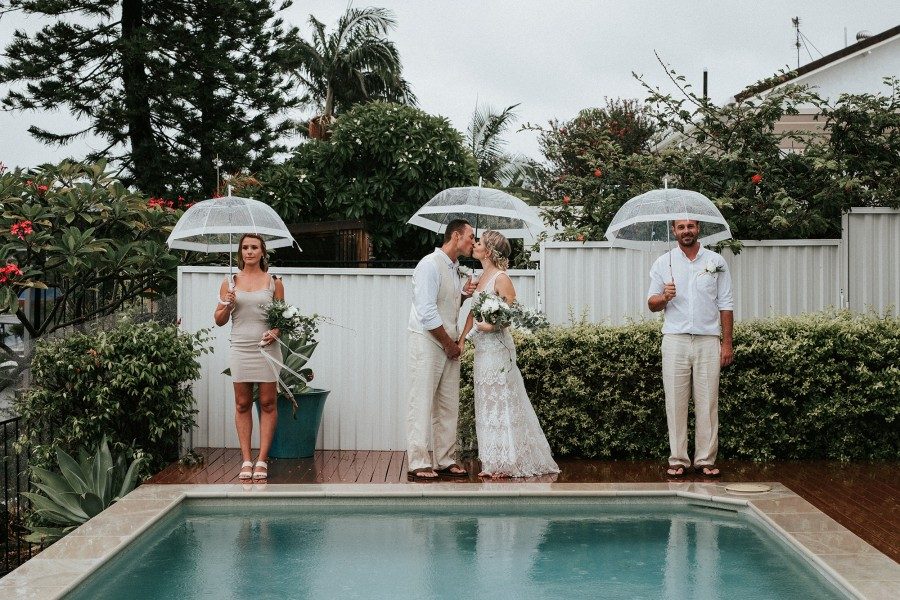
Having a summer wedding
Life in the 1500s was vastly different to our lives now. Back in the day, European weddings were mostly held in July, the first month of summer. This was by far the most popular month for couples to marry and the reason might surprise you!
It’s not because of the weather, which many couples would take into consideration now. It’s because most people took their yearly bath in May. Which means that by June they were still smelling pretty good!
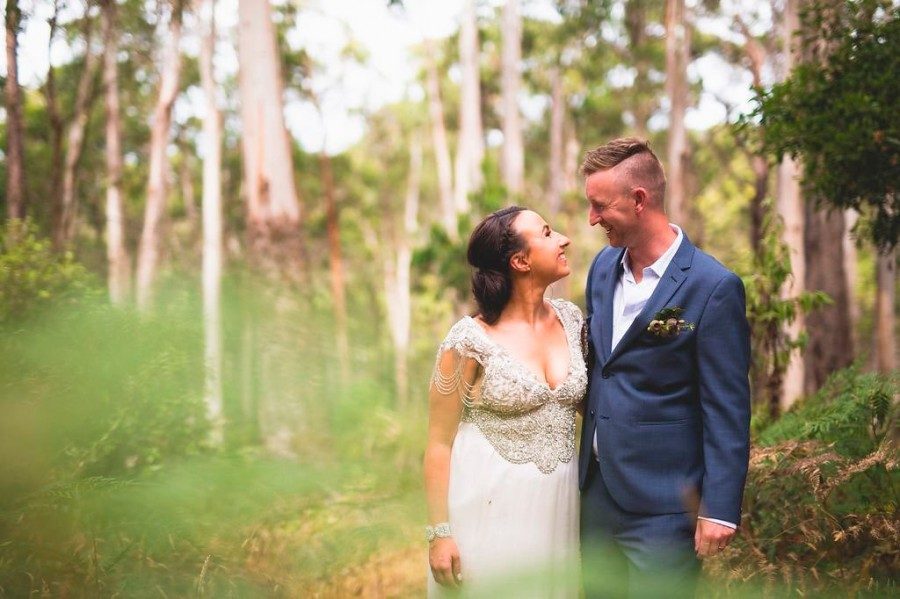
Carrying a bouquet
There are actually a few traditions that we can attribute to the modern-day bouquet, and one of our favourites goes back to couples having summer weddings.
Despite the wedding being held in June, a month after their yearly bath, people often started to smell a bit ripe. So they carried a bunch of flowers, now known as the bouquet, to help mask the smell!
Another bouquet tradition comes from the early Romans. Back in the day brides gathered herbs such as garlic and rosemary to carry under their veil.
This was supposed to symbolise fidelity as well as help ward off evil.
We think garlic might have been chosen because of historical fears of vampires. Now, of course, we know that there are such things as vegetarian vampires and the reason they don’t go into the sun is because they’re actually too sparkly.

The ring finger
Surprisingly, some people still aren’t aware of which finger the engagement or wedding ring goes on! But we’ve got your back. Not only can we tell you which finger it goes on, but we can tell you why!
The ring finger is the second from the outside on your left hand. Traditionally, this finger was chosen because it was believed to have a vein that went straight to the heart.
In many traditions, men didn’t wear wedding rings. In fact, in Britain men didn’t start wearing wedding rings until the two World Wars. This was when married soldiers started wearing rings to remind them of their partners back at home.
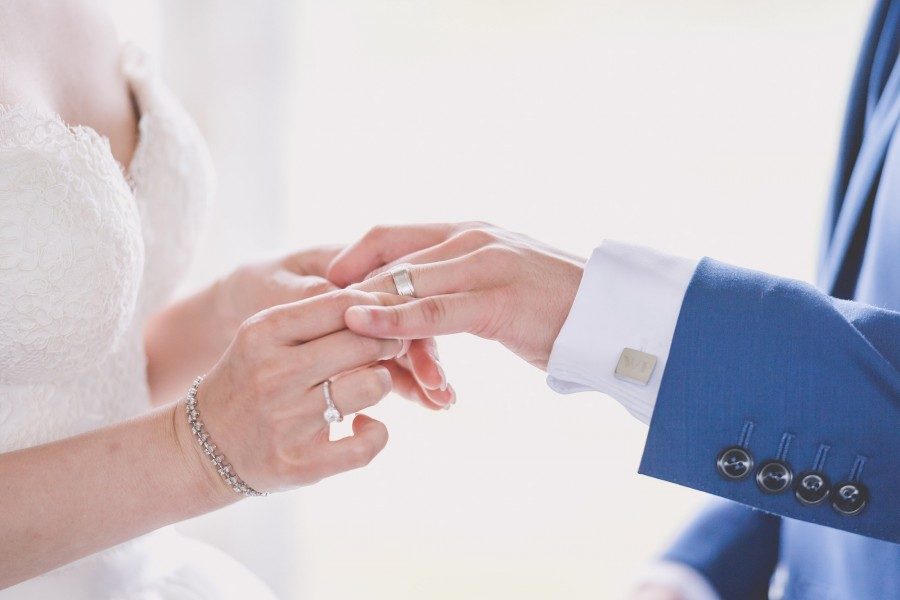
Wearing a veil
We’re starting to think our ancestors were a bit of a superstitious bunch. Traditionally brides wore a veil to help protect them from evil spirits who might want to ruin their happiness.
A secondary reason to wear a veil was to reflect the purity of the bride so that she wouldn’t be seen by any other man on her wedding day until she reached her husband.
Barf amirite.
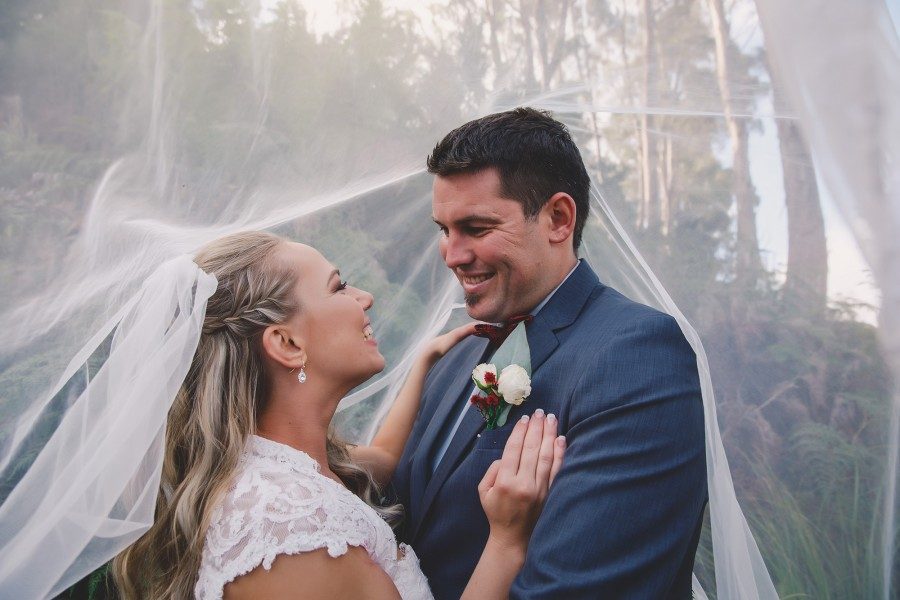
Dancing barefoot at the reception
Although many venues might not allow it nowadays, dancing barefoot at your wedding reception is a great way to let your feet rest if your wedding shoes are a bit too extreme!
But this actually goes back to olden times. If the younger sister was married before the older sister, the older sister had to dance barefoot at the wedding reception or risk never finding a spouse!
Because you know, no one can resist a girl letting her hair down with no shoes on.
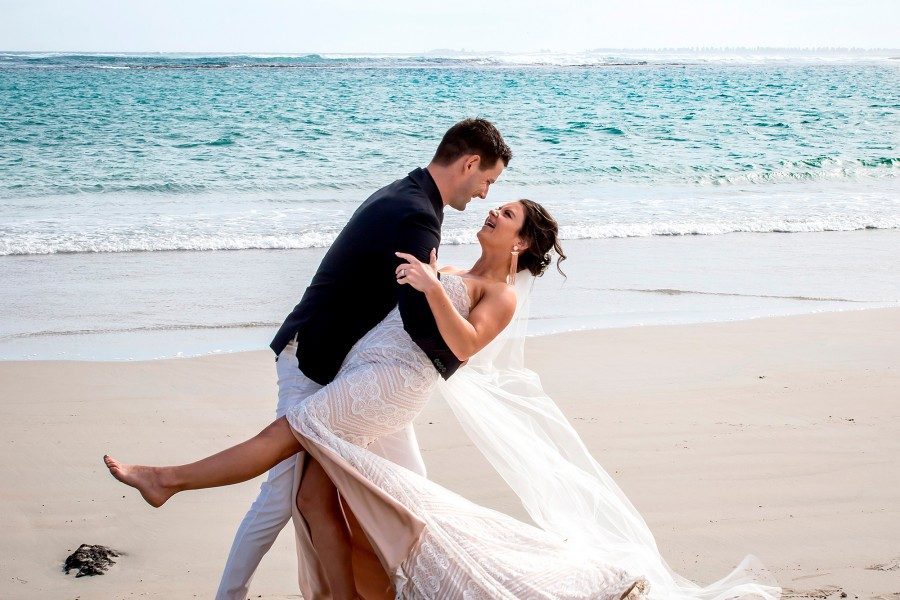
Brides standing to the left of the groom
You may have heard guests at a wedding asking which side is the groom’s side and which is the brides, but you might not know why.
This goes back to a Christian tradition where brides traditionally stood to the left of the groom. This is so that the groom could keep his right hand free for his sword so that he could fight off other suitors.
If you were left-handed then other suitors were actually the least of your worries. Back in the day left-handedness was considered a sign of the devil and witchcraft.
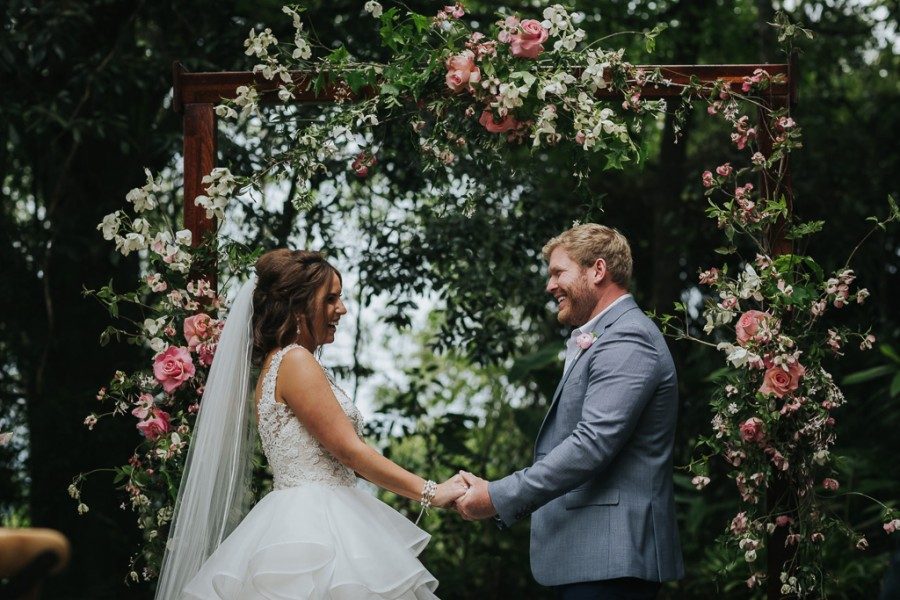
Getting married in the middle of the week
While the most popular day to get married nowadays is by far a Saturday, according to English tradition the best day to get married is actually a Wednesday! Mondays are considered the day for wealth and Tuesdays for health.
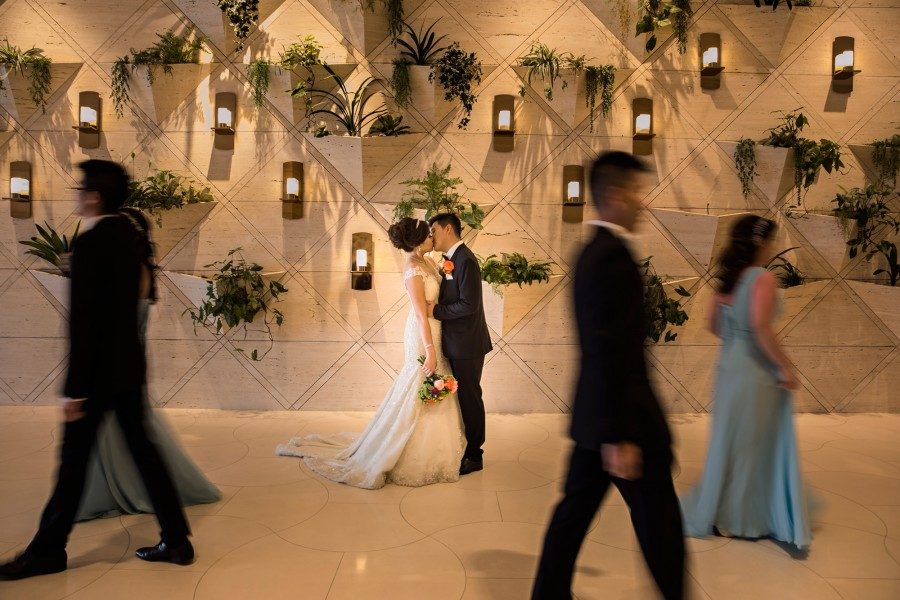
The groom carrying his bride over the threshold
The history of this tradition actually started a few other traditions. Walking down the aisle on a carpet and throwing flowers and petals down the aisle are both connected to why grooms used to carry their new bride over the threshold.
In ancient tradition, it was believed that a new couple was very susceptible to evil spirits, and looking at the number of traditions that stem from warding off evil in some way we’re not surprised.
The groom was to carry his wife over the threshold to provide an additional layer of protection between her and the ground, therefore protecting her from the ground monster.
Don’t ask us who was there to protect the groom though.
